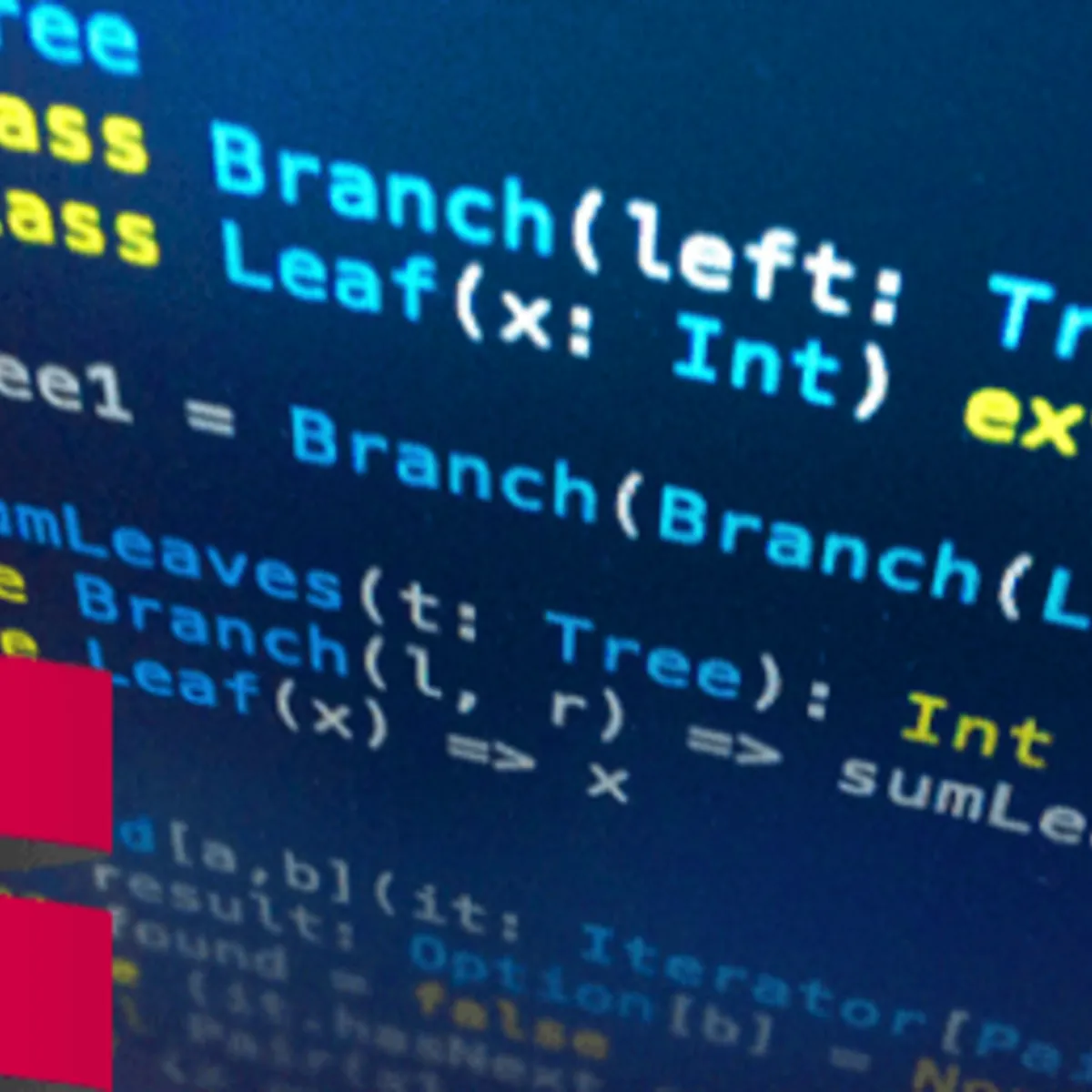
Introducing Dictionaries Course 
This course introduces dictionaries, a powerful Python data structure. Students will learn how to create and use dictionaries in their code, including understanding key:value pairs, writing dictionaries, and using **kwargs. By the end of the course, students will have a better understanding of how to use dictionaries in their Python code. ▼
ADVERTISEMENT
Course Feature
![]() Cost:
Cost:
Free Trial
![]() Provider:
Provider:
Treehouse
![]() Certificate:
Certificate:
No Information
![]() Language:
Language:
English
![]() Start Date:
Start Date:
On-Demand
Course Overview
❗The content presented here is sourced directly from Treehouse platform. For comprehensive course details, including enrollment information, simply click on the 'Go to class' link on our website.
Updated in [March 06th, 2023]
1. You will learn how to use **kwargs to write dictionaries and use them in your Python code. This will help you to better understand the structure of dictionaries and how to use them in your code. You will also learn how to create key:value pairs and use them to store data.
2. You will gain an understanding of how dictionaries are used in Python and how to use them in your code. You will learn how to create and use dictionaries to store data and how to use them in your code. You will also learn how to use **kwargs to write dictionaries and use them in your code.
3. You will be able to use dictionaries to store data and use them in your code. You will learn how to create and use key:value pairs and how to use **kwargs to write dictionaries. You will also gain an understanding of how dictionaries are used in Python and how to use them in your code.
4. You will gain an understanding of how dictionaries are used in Python and how to use them in your code. You will learn how to create and use key:value pairs and how to use **kwargs to write dictionaries. You will also be able to use dictionaries to store data and use them in your code.
5. You will learn how to use **kwargs to write dictionaries and use them in your code. You will also gain an understanding of how dictionaries are used in Python and how to use them in your code. You will be able to use dictionaries to store data and use them in your code, as well as learn how to create and use key:value pairs.
[Applications]
After completing this course, students can apply their knowledge of dictionaries to their Python code. They can use dictionaries to store data, access values, and create key:value pairs. Additionally, they can use **kwargs to pass keyword arguments to functions. With this knowledge, students can create more efficient and organized code.
[Career Paths]
1. Data Scientist: Data Scientists use Python dictionaries to store and analyze large amounts of data. They use dictionaries to store data in a structured way and to quickly access and manipulate data. Data Scientists also use dictionaries to create predictive models and to identify trends in data.
2. Software Developer: Software Developers use dictionaries to store and manipulate data in their applications. They use dictionaries to store data in a structured way and to quickly access and manipulate data. Software Developers also use dictionaries to create efficient algorithms and to optimize code.
3. Web Developer: Web Developers use dictionaries to store and manipulate data in their web applications. They use dictionaries to store data in a structured way and to quickly access and manipulate data. Web Developers also use dictionaries to create dynamic web pages and to optimize user experience.
4. Machine Learning Engineer: Machine Learning Engineers use dictionaries to store and manipulate data in their machine learning models. They use dictionaries to store data in a structured way and to quickly access and manipulate data. Machine Learning Engineers also use dictionaries to create and optimize machine learning algorithms.
[Education Paths]
1. Bachelor of Science in Computer Science: This degree path provides students with a comprehensive understanding of computer science fundamentals, including programming, software engineering, and data structures. Students will also learn about the latest trends in computer science, such as artificial intelligence, machine learning, and cloud computing.
2. Master of Science in Data Science: This degree path focuses on the application of data science techniques to solve real-world problems. Students will learn about data mining, machine learning, and predictive analytics, as well as the tools and techniques used to analyze and interpret data.
3. Bachelor of Science in Information Technology: This degree path provides students with a comprehensive understanding of information technology, including networking, security, and database management. Students will also learn about the latest trends in IT, such as cloud computing, mobile computing, and big data.
4. Master of Science in Artificial Intelligence: This degree path focuses on the development of artificial intelligence systems and their applications. Students will learn about machine learning, natural language processing, and computer vision, as well as the tools and techniques used to create intelligent systems.
Course Provider

Provider Treehouse's Stats at AZClass
Discussion and Reviews
0.0 (Based on 0 reviews)
Explore Similar Online Courses

Build A Product Roadmap with Atlassian JIRA & Confluence

Premiere Video Editing Ultimate Beginners Course in Premiere

RDBMS PostgreSQL

Intro To PostgreSQL Databases With PgAdmin For Beginners

PostgreSQL: Client Applications

Mastering SQL using Postgresql

Database Design and Basic SQL in PostgreSQL

PostgreSQL: Advanced Queries

Spatial SQL with Postgres : A language for geographers

Learn SQL Using PostgreSQL: From Zero to Hero

PostgreSQL Essential Training

Big Data Analysis with Scala and Spark
 Related Categories
Related Categories
 Popular Providers
Popular Providers
Quiz
 Submitted Sucessfully
Submitted Sucessfully
1. What is a dictionary in Python?
2. What is **kwargs?
3. What is the purpose of writing dictionaries?
4. What is a key:value pair in a dictionary?
Correct Answer: A key:value pair is a set of two linked items, where the key is a unique identifier and the value is the data associated with that key.


Start your review of Introducing Dictionaries Course